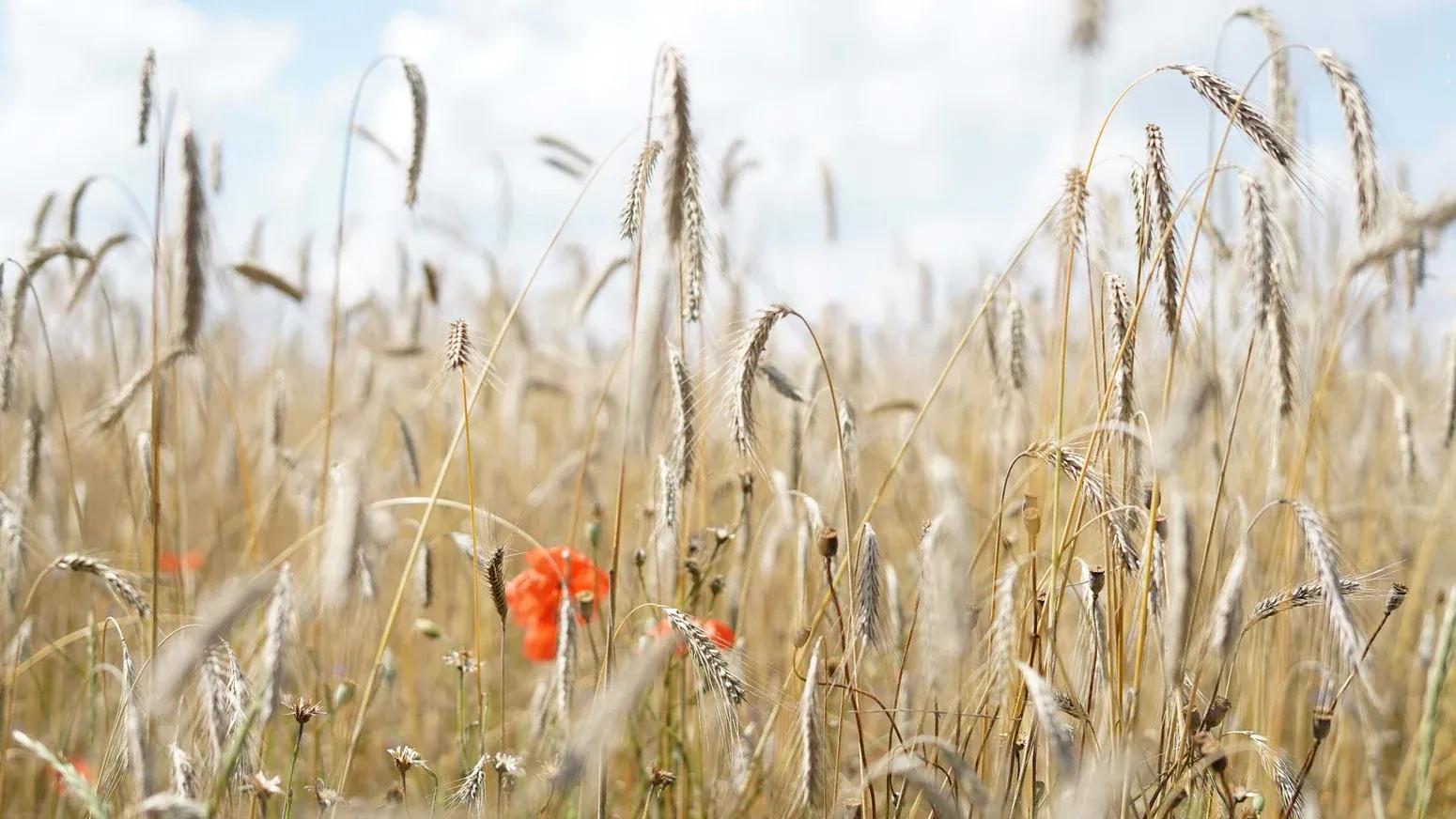Understanding and Reducing Our Emissions
With every single meal, we make a choice - and have an impact on the environment. That's why we work hard to develop products that respect the environment and the people along the entire value chain.

To understand our emissions accurately, we've started calculating the carbon footprint of our dishes: from growing and delivering raw ingredients, through production processes, packaging and shipping, to the electricity consumed by the end consumer for heating, storing and rinsing plates and pans. This provides a holistic picture and helps us to strategically target improvements where they have the greatest impact on the environment.
The first products have already been calculated and have an average of 1.1 kg CO₂e* per meal, where about a quarter (0.27kg) is attributable to the ingredients. If a dish had a standard serving of 150g of beef, this would increase the footprint per meal to over 4kg CO₂e - a mainly plant-based diet is not only beneficial for health but for our planet.
However, calculating our product CO₂ footprint is just the beginning. We have set ourselves the goal to continuously reduce our emissions.
We are working on improving our production: Starting from mid-2022 we will test a new production method which would reduce the CO₂ footprint per dish by another 10-20%. Currently, we freeze our sauce into small cubes so that they thaw evenly with the other ingredients during preparation. However, producing our sauce cubes is a separate production step that is quite energy-consuming. The new method would be a "mini sauce cube" that can be added directly to the other ingredients and frozen later - and would consume way less energy.
The emissions we cannot avoid (yet) we offset at the end of the year with Climate Partner. Currently, we are supporting a project in Brazil that constructs wind farms in the Piauí and Pernambuco regions. Wind power is a renewable and clean form of energy. It doesn’t require any fossil fuels and is therefore completely carbon-neutral. Transitioning to renewable energy sources is a critical step in counteracting the warming of the planet.
We chose this project also for its impressive socioeconomic and environmental advantages. The energy produced by these wind farms is adapted to the specific needs of the local communities. The cooperation during construction of the wind farms, created a collective goal and highlighted the value and benefit this project would have for everyone involved. This not only brought the community together, but really strengthened relationships.
Sustainability is not an end goal that can be achieved just like that, but a continuous process. By taking a holistic view of the value chain, we are now going one step further. We would like to see many more food producers join us. Together, we can take on even more responsibility.
---
*CO₂ equivalent (CO₂e) is a unit of measurement that is used to standardise the climate effects of various greenhouse gases. In addition to the most important man-made greenhouse gas, carbon dioxide (CO₂), there are other greenhouse gases such as methane or nitrous oxide. The various gases do not contribute to the greenhouse effect to the same extent and remain in the atmosphere for different periods of time.

